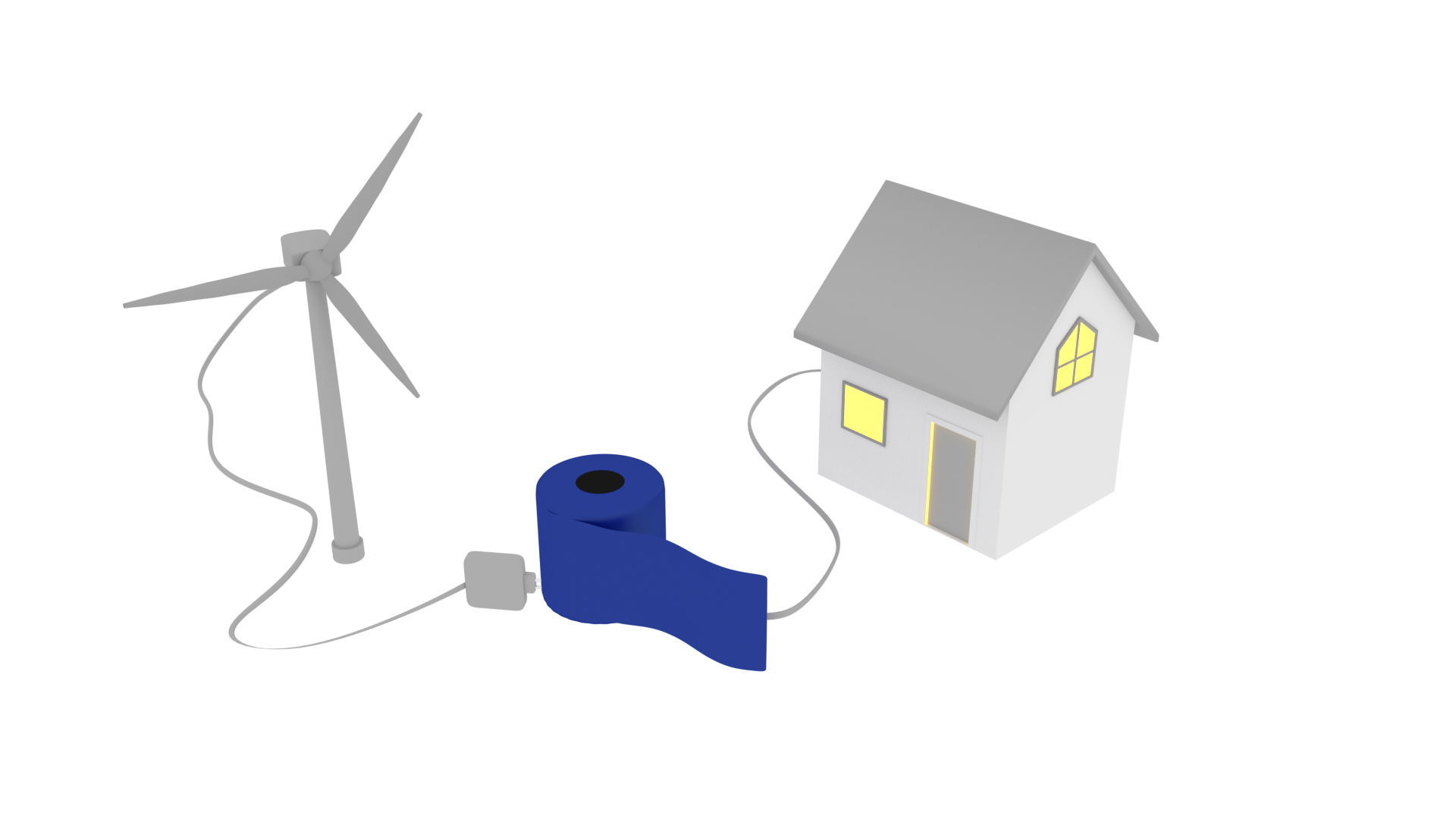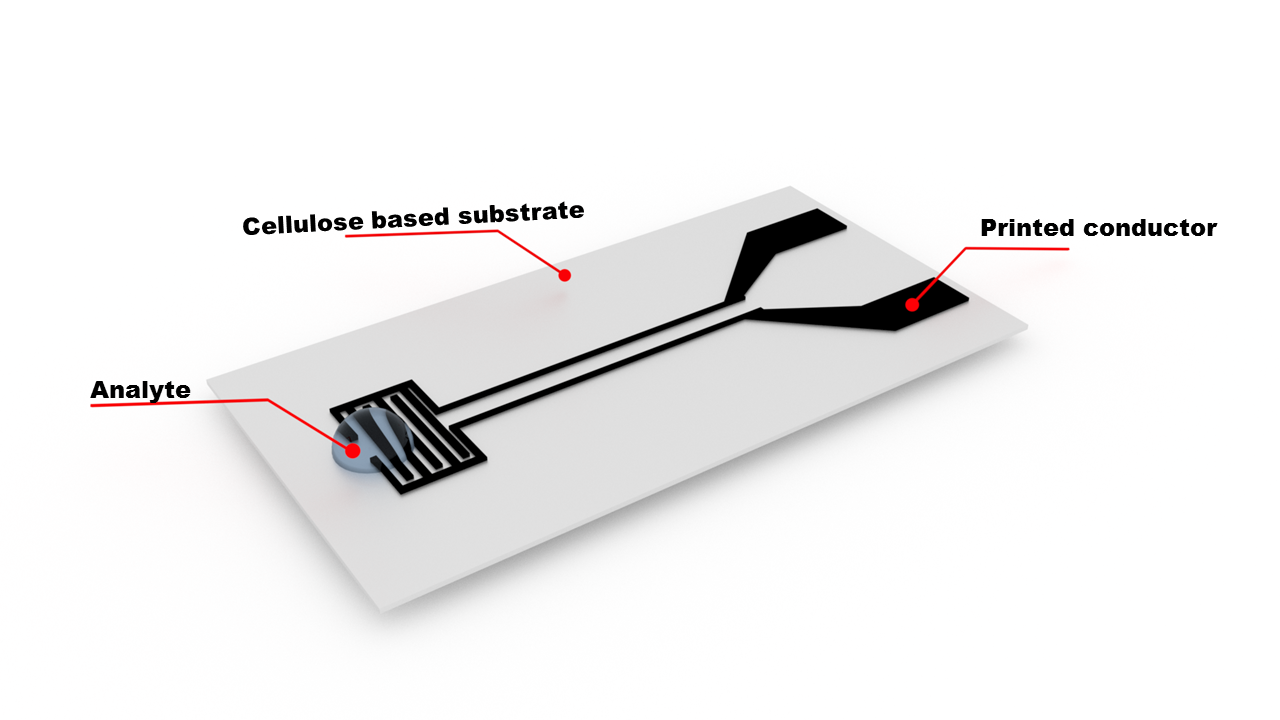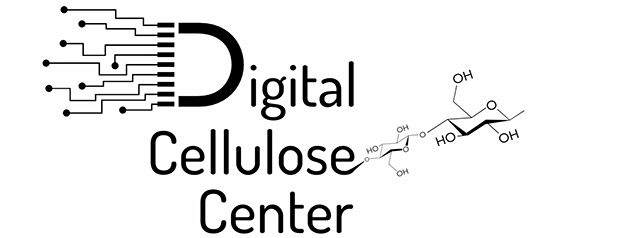Research Areas
Theme 1: Design for a circular bioeconomy
To realize a true circular bioeconomy also within the electronics sector we need to 1) find sustainable material sources and 2) find materials and methods for recycling, upcycling or decomposition. One aim of this Theme is to explore the modification and use of bio-based derivatives as functional materials for electronic components. Another aim is to acknowledge the entire life cycle of digital cellulose products already from the beginning. Can the materials be decomposed using existing recycling categories such as paper or paper board, or will there be a need for new recycling routes? Are there innovative methods that can be used for decomposition or even upcycling?

Theme 2: Energy Storage and harvesting
All electroactive functions in digital cellulose will depend on electrical energy. In this Theme we aim at study different means of storage of electrical energy in nano- and microcomposites of cellulose. Examples of storage systems include primary and secondary batteries as well as supercapacitors.
In many applications of digital cellulose, energy may be harvested from the surroundings and stored in the digital cellulose until it is needed. The second aim of this Theme is to study different energy harvesting methods that are compatible with/integrated in a cellulose-based materials.

Theme 3: Materials design on a fibre level
Traditional electronic devices are typically made from stacking of electronically conducting or semiconducting layers. Most of the basic electroactive functions envisaged in a digital cellulose system will be formed by coaxial coating of different electrically active materials onto cellulose fibres. The aim of this Theme is to study the fundamentals of such coatings and the characterization of the bulk properties that can be achieved through the interaction and self-organization of the cellulose and the electrically active materials.

Theme 4: Materials design for electroactivity and other functionality
Actuator functions are of great interest for digital cellulose, one example being to electrically alter the mechanical properties of the cellulose-based material. One aim of this Theme is to study different electro-mechanical mechanisms that are compatible with a cellulose-based system. Results of an electro-mechanical phenomena can lead to a control of properties such as acoustic, motion, porosity, permeability (liquid, gas).
One of the presumed key function of digital cellulose is to gather information, both from the external surrounding and the interior of the cellulose material itself. One class of sensors will be printed on the surface of the cellulose material while others will be integrated in the cellulose bulk material. One aim of this Theme is to explore novel fundamental sensing principles compatible with cellulose materials

Theme 5: Data and signal transmission
The basis for digital cellulose is the ability to connect and communicate within the material/device itself and with the surrounding. There are many options to achieve this and one focus in this Theme is to research various possibilities for the signal transmission.
The full potential of Digital Cellulose will only be exploited if we, parallel to our hardware breakthroughs, explore software solutions that can exploit the vast amount data to generate valuable new services and insights. To this end, we will leverage recent advancements in data-intensive computing and deep learning to efficiently extract value from the data.

